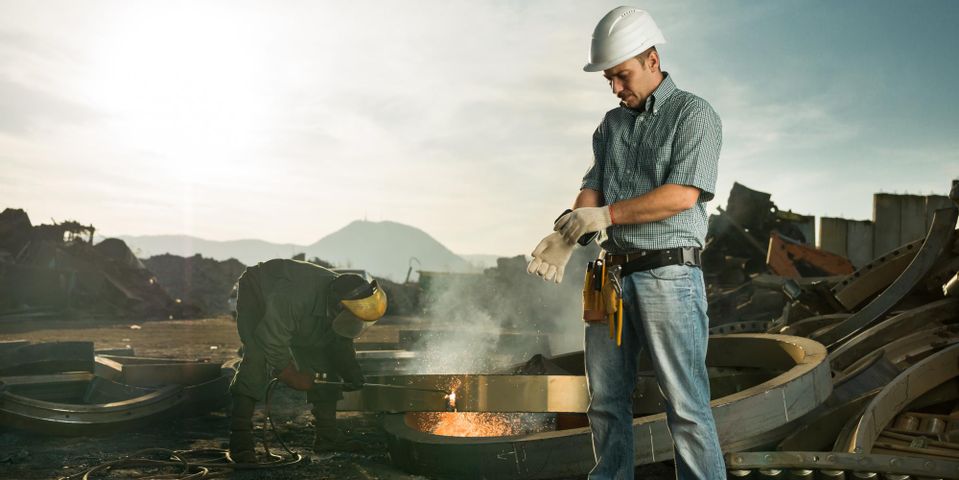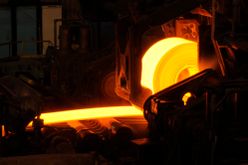
If you have a damaged appliance, recycling the scrap metal can help you earn some extra cash. Recycling also offers environmental benefits. For example, the materials won’t rust away in a landfill, and professionals won’t have to mine as much. After you drop your metal items off, the recycling center completes a complex procedure to ensure the materials are ready to use. Here's a closer look at the four-step process.
Sorted
First, the scrap metal is separated by its type, such as brass or copper. Most manufacturers utilize one particular type of material at a time, so it's important that the pieces are accurately identified. After any necessary disassembly, metal recycling centers utilize large magnets to identify iron. Then the rest is usually separated by hand.
Cleaned
Most scrap metal has been used in some capacity before. Any residue left on the material could contaminate the metal, causing weakness or irregularities. All of the pieces must be thoroughly cleaned.
Melted
 For ease of movement, the cleaned metal pieces are melted down into compact bricks called ingots. Most materials are broken down further before being melted. For instance, professionals shred aluminum before they melt it and pour it into molds.
For ease of movement, the cleaned metal pieces are melted down into compact bricks called ingots. Most materials are broken down further before being melted. For instance, professionals shred aluminum before they melt it and pour it into molds.
Recycled
After professionals cast the ingots, they're sent to metal manufacturers and used again. Typically, they're re-melted down and then cast into whatever shape or material is needed. These items range from metal sheeting to specific mechanical components, like engines.
If you have unwanted scrap metal sitting around, contact Phipps Auto Parts. The local business pays cash for scrap cars and various metals. They work with residents and businesses across Clermont County, OH, and the surrounding areas. The facility accepts ferrous and non-ferrous metals including heavy iron, brass, copper, and stainless steel. Learn more about their metal recycling services online, and schedule your pick-up today at (513) 722-2034.
About the Business
Have a question? Ask the experts!
Send your question

